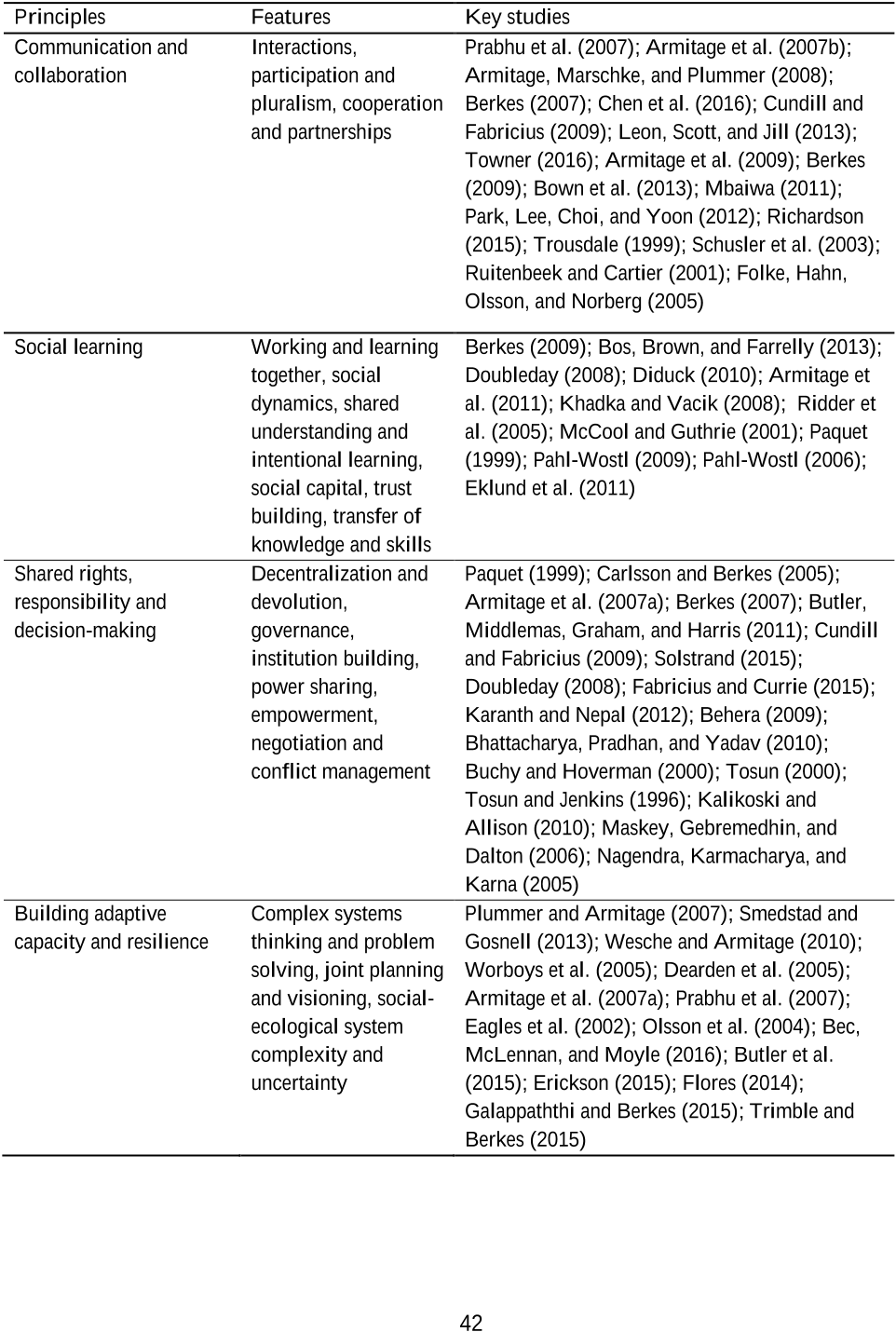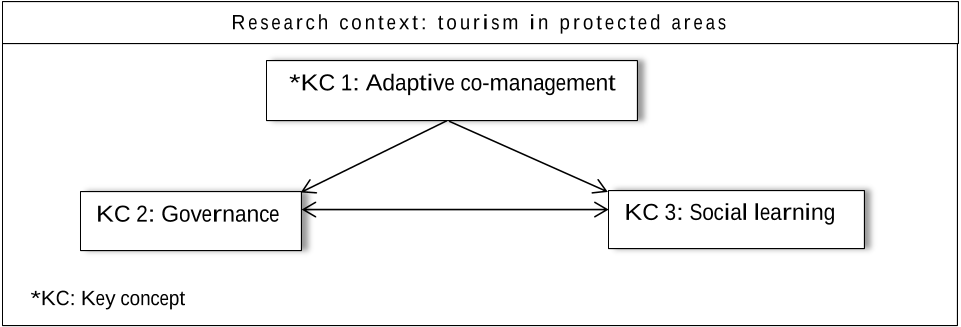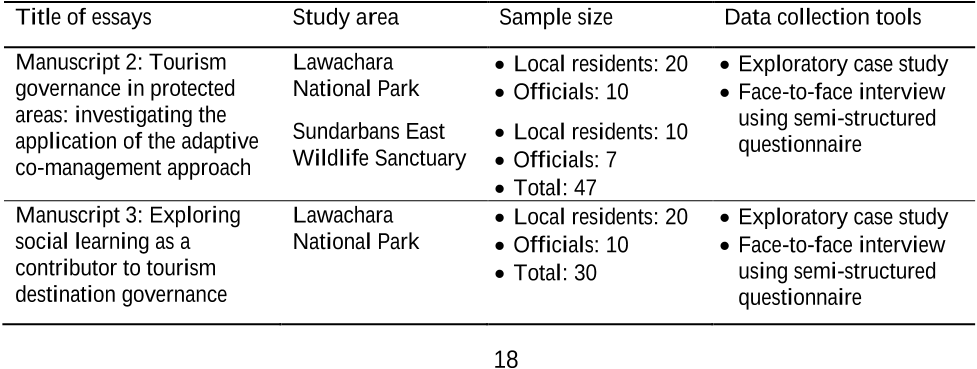




Did you find this useful? Give us your feedback






















688 citations
53 citations
49 citations
11 citations
6 citations
84 citations
...The establishment of an efficient governance system is therefore recognised as a fundamental practice for tourism destinations wishing to promote sustainable development and conservation, particularly when sustainable development is to be achieved through collective and coordinated actions between state and non-state agencies (private and NGOs) (Bramwell, 2011; Butler et al., 2015; Chen et al., 2016; Elands, Islam, & Van der Duim, 2015; Lai et al., 2016; Romeiroa & Costab, 2010; Sarkki, Rantala, & Karjalainen, 2015; Towner, 2016)....
[...]
...My gratitude to Forest Department and NGOs for providing me their assistance for conducting my field works to collect the necessary information....
[...]
...…ecotourism and nature-based tourism), biodiversity conservation and alternative income generation opportunities, 6 destination management, crisis management, stakeholder partnerships, and business networks (Butler et al., 2015; Mbaiwa, 2011; Pennington-Gray et al., 2014; Romeiroa & Costab, 2010)....
[...]
...107 5.5.6 NGOs as mediators ....................................................................................................... 108 5.6 Limitations of the research ................................................................................................... 108 5.7 Recommendations for future research.................................................................................. 109 5.8 Concluding remarks ............................................................................................................. 111 LIST OF REFERENCES USED IN THIS THESIS ........................................................................ 114 APPENDICES ................................................................................................................................. 144 Appendix 1: Interview protocol ................................................................................................... 144 Appendix 2: Ethical clearance letter ............................................................................................ 146 Appendix 3: Participant consent form ......................................................................................... 148 Appendix 4: Participant information form ................................................................................... 149 Appendix 5: Application for the approval of gatekeeper for data collection ..................................
[...]
...Moreover, there were some other NGOs (Rupantar Ecotourism and Relief International) within the Sundarbans area who trained and supported local residents to become tourism entrepreneurs....
[...]
83 citations
...In addition, little research that has sought to explore the application of social learning in tourism (Wray, 2012)....
[...]
82 citations
80 citations
...The utilisation of a combination of primary and secondary data is common in tourism case studies (Baggio & Klobas, 2011)....
[...]
80 citations
...Such tourism activities can not only contribute to the sustainable development of local areas, but also to sustainable protected area management and poverty reduction amongst local communities who rely on the protected area for their livelihood (Balmford et al., 2009; Job & Paesler, 2013)....
[...]